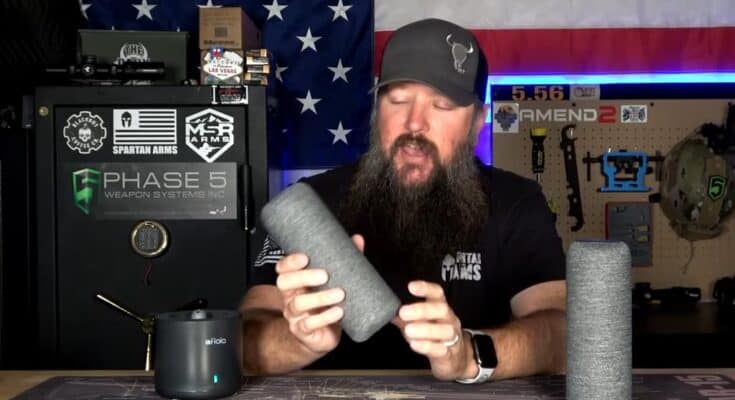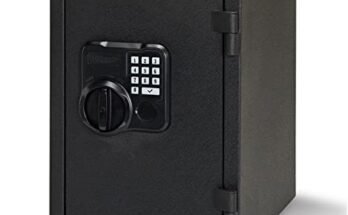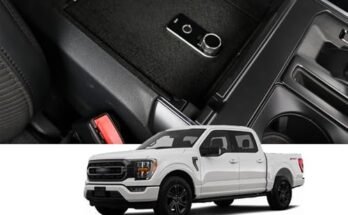Gun safes are essential for storing firearms securely, protecting them from unauthorized access and environmental factors. One of the common concerns gun owners face is controlling the humidity inside the safe to prevent rust and corrosion. To address this issue, many gun owners turn to gun safe dehumidifiers. But are these devices safe to use within your firearm storage unit? In this article, we will explore gun safe dehumidifiers, their safety, and how to use them effectively.
The Importance of Controlling Humidity
Humidity control is crucial when it comes to firearm storage. High humidity levels can lead to rust and corrosion on your firearms, damaging their functionality and appearance. Conversely, excessively low humidity can also have adverse effects on wooden components and certain firearm materials. Therefore, maintaining the right humidity level within your gun safe is essential.
Types of Gun Safe Dehumidifiers
There are two primary types of gun safe dehumidifiers commonly used by gun owners:
- Desiccant Dehumidifiers: These devices contain desiccant materials (such as silica gel or calcium chloride) that absorb moisture from the air. They are passive and require periodic reactivation or replacement when saturated.
- Electric Dehumidifiers: These are active dehumidifiers that use heat and a fan to remove moisture from the air. They are typically plugged into an electrical outlet and are more convenient but also more expensive.
Safety Considerations for Gun Safe Dehumidifiers
Gun safe dehumidifiers, when used correctly, are generally safe. However, there are some safety considerations to keep in mind:
- Electrical Safety (for electric dehumidifiers): If you choose an electric dehumidifier, ensure that it is designed for safe use inside a gun safe. Follow the manufacturer’s instructions regarding electrical safety, such as avoiding overloading power outlets or extension cords.
- Heat Generation: Electric dehumidifiers generate heat during operation. Ensure that your safe is well-ventilated to dissipate this heat. Avoid placing combustible materials near the dehumidifier.
- Maintenance: Both types of dehumidifiers require maintenance. Desiccant dehumidifiers need periodic reactivation or replacement, while electric dehumidifiers may require filter cleaning or replacement. Regular maintenance is essential for safe and effective operation.
- Placement: Properly position the dehumidifier within your gun safe to ensure even humidity control. Follow the manufacturer’s recommendations regarding placement.
- Safeguard Against Overheating: Be cautious of leaving an electric dehumidifier running continuously in a small, sealed gun safe, as this can lead to overheating. Use a thermostat or timer to control operation as needed.
Tips for Safe and Effective Use
To use gun safe dehumidifiers safely and effectively, follow these tips:
- Read the Instructions: Always read and follow the manufacturer’s instructions for your specific dehumidifier model.
- Choose the Right Type: Select a dehumidifier that suits your needs and the size of your gun safe.
- Regularly Monitor Humidity: Use a hygrometer to monitor the humidity inside your safe regularly. Adjust the dehumidifier settings or maintenance schedule accordingly.
- Maintenance: Keep up with maintenance tasks such as reactivating or replacing desiccant materials or cleaning filters for electric dehumidifiers.
- Ventilation: Ensure proper ventilation in your gun safe to disperse heat generated by electric dehumidifiers.
- Use a Timer or Thermostat: Consider using a timer or thermostat to control the operation of electric dehumidifiers to prevent overheating.
In conclusion, gun safe dehumidifiers are safe to use when used correctly and with proper consideration for safety guidelines. They play a crucial role in protecting your firearms from humidity-related damage. By selecting the right dehumidifier for your needs and following the manufacturer’s instructions, you can maintain the optimal environment for firearm storage while ensuring the safety of your guns and valuables.



